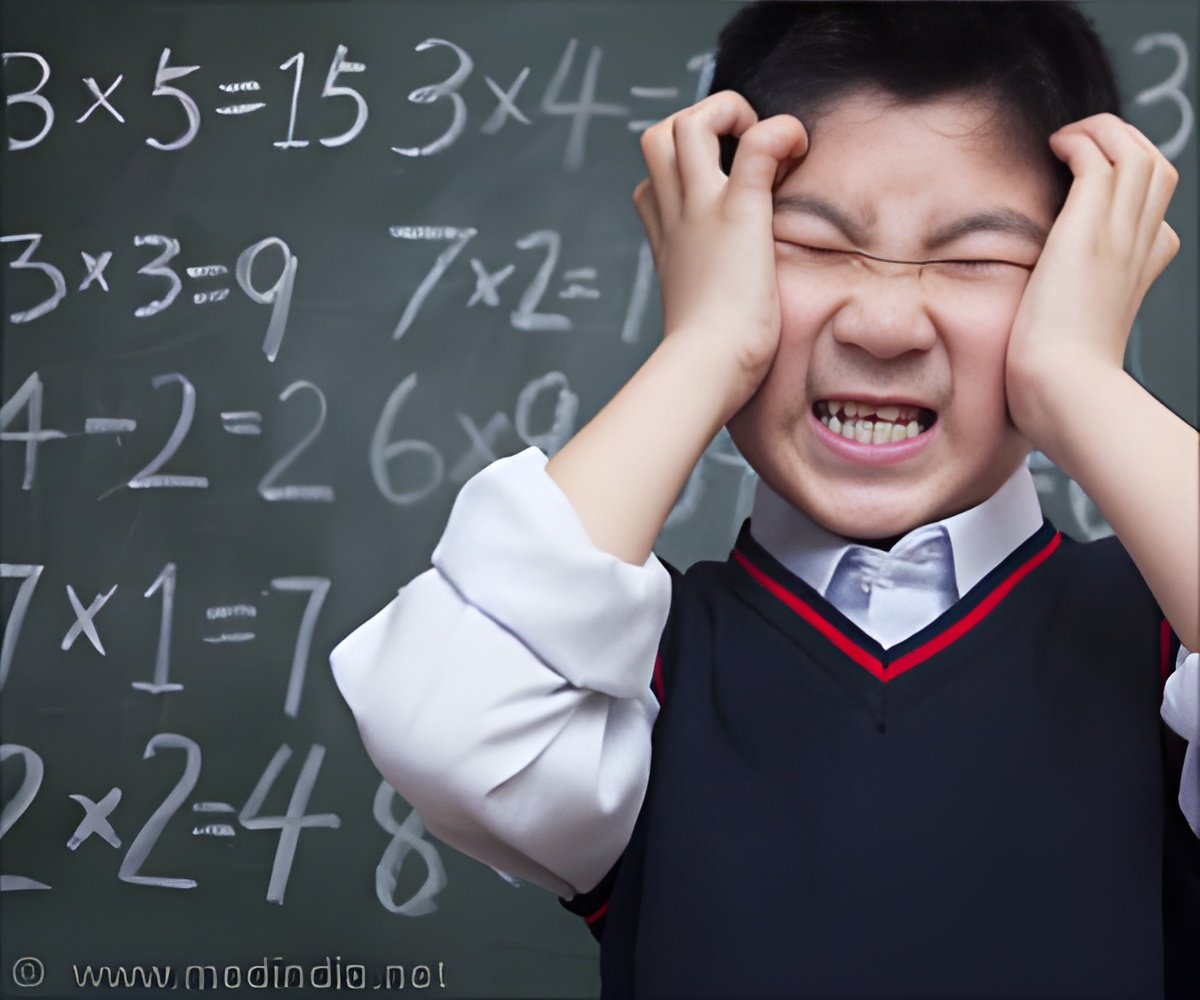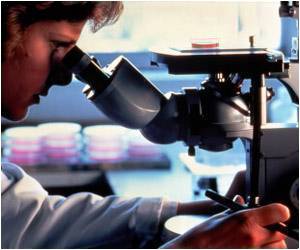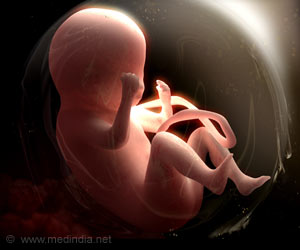Procedural memory is a learning and memory system that is crucial for the automatization of non-conscious skills, such as driving or grammar.

‘When procedural memory is impaired, children may have math disability, dyslexia, or developmental language disorder.’





The article, in a special issue on reading and math in Frontiers in Psychology, proposes that math disability arises from abnormalities in brain areas supporting procedural memory. Procedural memory is a learning and memory system that is crucial for the automatization of non-conscious skills, such as driving or grammar. It depends on a network of brain structures, including the basal ganglia and regions in the frontal and parietal lobes. The procedural memory system has previously been implicated in other developmental disorders, such as dyslexia and developmental language disorder, say the study’s senior researcher, Michael T. Ullman, PhD, professor of neuroscience at Georgetown.
“Given that the development of math skills involves their automatization, it makes sense that the dysfunction of procedural memory could lead to math disability. In fact, aspects of math that tend to be automatized, such as arithmetic, are problematic in children with math disability. Moreover, since these children often also have dyslexia or developmental language disorder, the disorders may share causal mechanisms,” he says.
The study’s lead author, Tanya M. Evans, PhD, who specializes in reading and math, was a graduate student at Georgetown. Evans is currently a postdoctoral research fellow at Stanford University.
Ullman says that their theory, called the procedural deficit hypothesis of math disability, “offers a powerful, brain-based approach for understanding the disorder, and could help guide future research.” The paper shows that previous findings are consistent with the theory, and lays out specific predictions that can be thoroughly tested through subsequent research.
Advertisement
Ullman and Evans say that learning math likely depends on the brain’s two primary learning and memory systems — not just procedural memory, but also declarative memory, where conscious knowledge is learned. “We believe that learning math is likely similar to learning other skills,” Evans says. “For example, declarative memory may first be used to consciously learn how to drive, but then with practice driving gradually becomes automatized in procedural memory. However, for some children with math disability, procedural memory may not be working well, so math skills are not automatized.”
Advertisement
Source-Newswise









